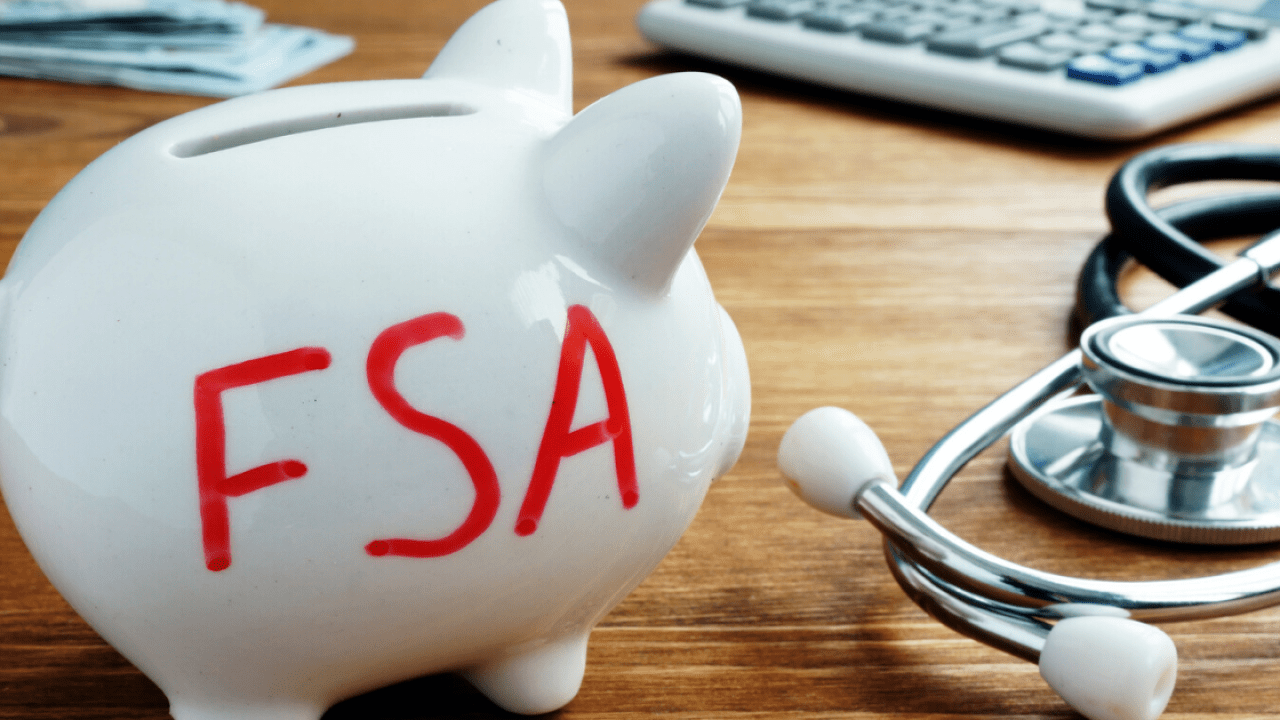
clark.com
During open enrollment or when you start a new job, you may find that your company offers the chance to enroll in a Flexible Spending Account (FSA – registered trademark). It might seem annoying to have money deducted from your paycheck at first, but it can actually save you money on health care expenses in the long run.
An FSA is an account that takes money from your paycheck and puts it into a special account that you can only spend on certain healthcare items or eligible medical services.
You can use an FSA for copays for visiting the doctor, prescriptions, and even for services like new retainers or glasses. Some of the FSA-eligible expenses you might not even think about include sunscreen, condoms, and tampons.
Parents and children of elderly might be familiar with Dependent Care FSA, a similar pre-tax benefit used to pay for things like after school programs and even adult daycare.
The money taken out of your paycheck is pre-tax, meaning that while you can’t spend the money on just anything, if you are able to estimate your medical expenses for the next year, you can avoid paying payroll taxes on up to $2,750.
If you’ve had your eye on LASIK surgery (eye – LASIK, get it?) you can include extra money in your FSA contribution for the next year and pay no taxes on the money from the FSA you use to pay for the surgery.
Many plans allow you to access the full year’s contribution on January 1st. This means you can use the FSA as an interest-free loan for medical expenses. The money is going to be deducted from your paycheck anyway, so why wait?
The big downside to an FSA is that you usually can’t change your contribution mid-year. So, if you run out of money in the FSA funds in July, you’ll have to use regular after-tax dollars to pay for qualified goods and services.
Conversely, put in too much, and you might be scrambling in December to find eligible expenses to spend the money in your FSA account. An FSA is use-it-or-lose-it – you have to spend all the money that year or poof, it’s gone. However, if you have funds remaining in your account at the end of the plan year, there is a grace period of two months and 15 day. That means you have until March 15th to spend money from the previous year.
To decide how much to contribute to an FSA, I recommend a few steps:
- Look at your qualified medical expenses that happen on a regular basis. If you know you’re going to have a $20 copay every week for therapy or a $35 copay every six months for a checkup, take note of it.
- Think about any big procedures or items you might want in the next year. If you’re thinking it’s about time for new prescription sunglasses, be sure to set aside some money for that.
- Do some research about what FSA-eligible items you use regularly and get a rough estimate as to how much you might spend on them. I usually check out the FSA Store to get an idea of the different categories. If you’re addicted to a certain lip balm or have been dying to try light therapy for your acne, try to get a ballpark idea of how much you’re going to spend next year. I don’t know what guy needs to hear this, but you probably do not need that many condoms even if they are tax-free.
- I like to then add a small gross up for incidentals that may pop up (nobody plans on spraining a wrist) and any random expenses you might have (if you have to pay for parking at the hospital or something, you can use your FSA). The specific amount depends on how comfortable you are of running out of your FSA if something comes up and how much extra you can afford to set aside each week from your paycheck.
- Add that all together and that’s how much you should set aside in your health care FSA.
Once you have your limited-purpose FSA, you can use the FSA mobile app for deadline reminders and eligibility checks.
You can retain hundreds of dollars a year in tax savings by paying your medical expenses with money from your FSA all while keeping you healthy. If your employer offers one with your health insurance benefits, I definitely recommend enrolling. Spend more on your health, and less on the internal revenue service.











